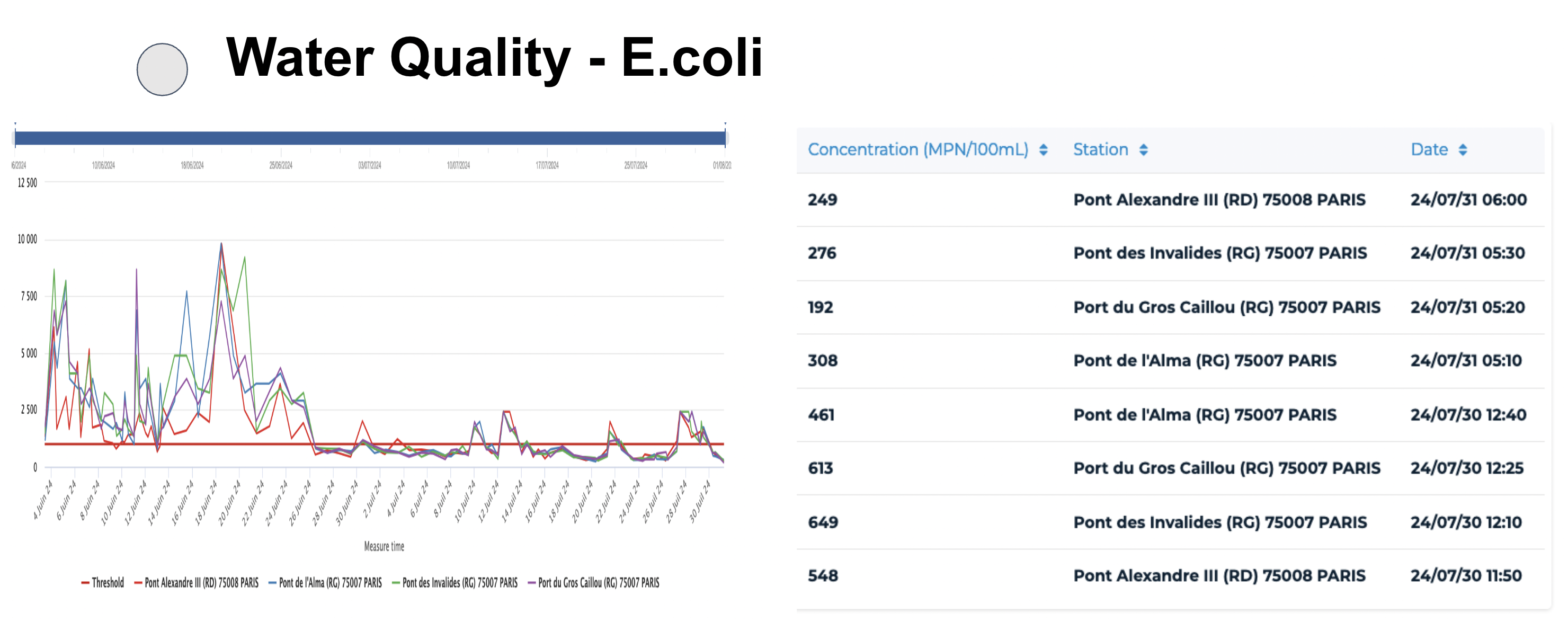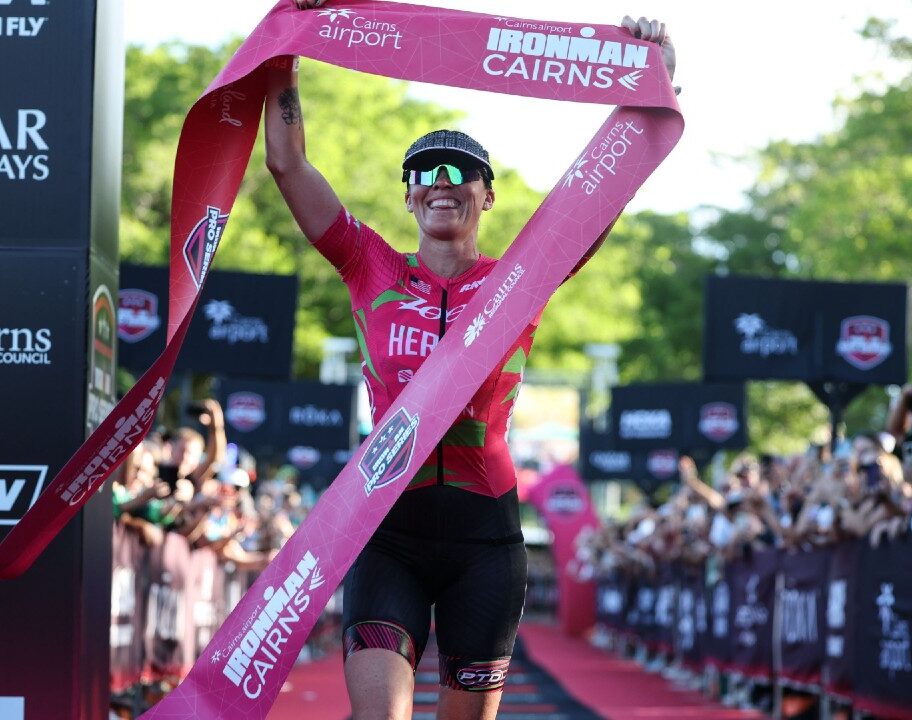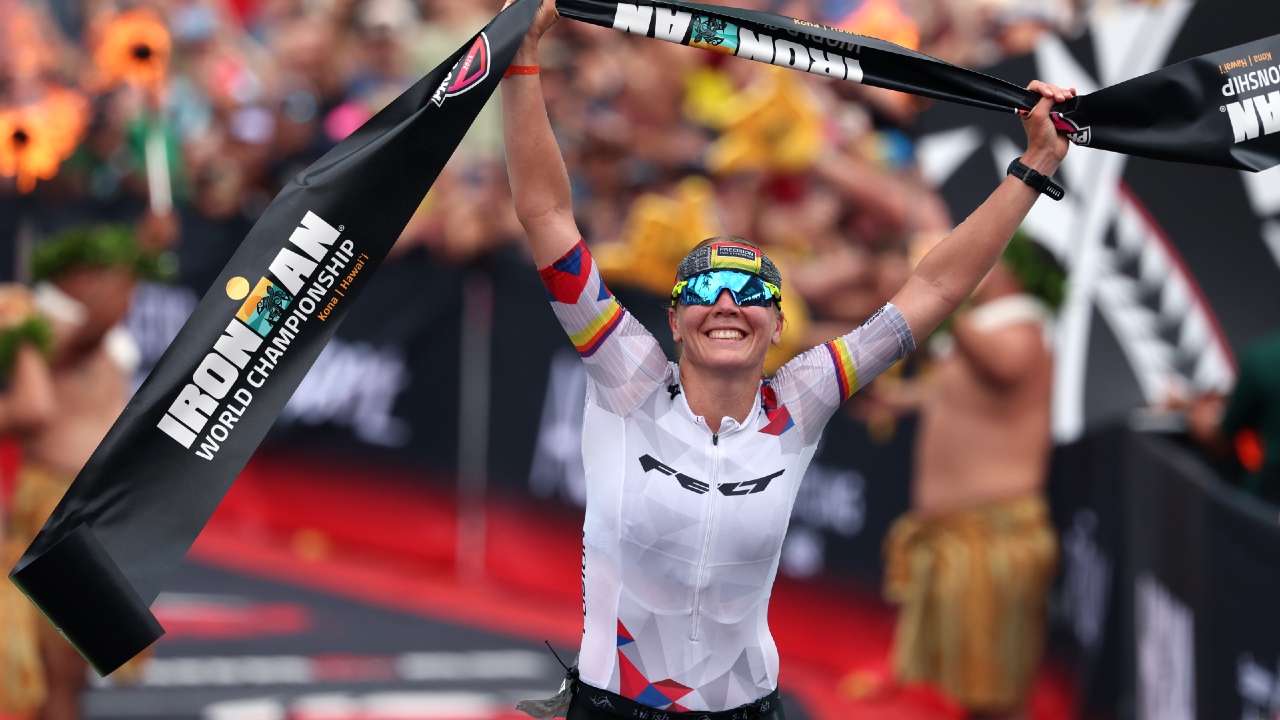It was the topic that plagued the build-up to the Olympic Games triathlon at Paris 2024 – the water quality in the River Seine.
A $1.5bn cleanup operation aimed at making the iconic waterway safe for swimming for the first time in a century was expected to get a showcase from these Games. But to say there were problems along the way would be an understatement.
There were doubts as to whether the Seine would be up to standard to allow triathlon swims, right from the moment the Mixed Relay at last year’s Test Event was downgraded to a duathlon.
Recent heavy rains in the French capital gave organisers a massive headache with levels continuing to prove unsafe for swimming, and early on Tuesday things came properly to head when the men’s individual race was postponed to Wednesday.
There were genuine fears that the individual races may have to be downgraded to duathlons with only Wednesday and then Friday August 2 as alternative dates.
Mercifully the news came through at 0400 local time on Wednesday that levels had improved enough to allow the swims, and we got two spectacular races – won by France’s Cassandre Beaugrand and Britain’s Alex Yee.
Some 24 hours later, organisers released water quality test results from the day of the races, which World Triathlon say are “very good”.
The results show the levels of E. coli in the river, and also of Enterococci. The readings can be seen on two graphics provided on Thursday by organisers.
Seine water quality test results – July 31


World Triathlon water quality rules
If you want to know what that means in terms of whether a race swim can take place, World Triathlon’s competition rules around water quality tell us this:
Samples of the water collected from three different locations on the swim course will be separately analysed and the poorest results will determine if the swim can take place. The swim will be allowed if the following values are below the level of tolerance in the different types of water:
- Sea and transition water:
− PH between 6 and 9;
− Entero-cocci not more than 100 per 100 ml (cfu/100ml);
− Escherichia coli E. Coli not more than 250 per 100 ml (cfu/100ml);
− Absence of positive visual evidence of Red Tide Algal bloom. - Inland water:
− PH between 6 and 9;
− Entero-cocci not more than 200 per 100 ml (cfu/100ml);
− Escherichia coli E. Coli not more than 500 per 100 ml (cfu/100ml);
− The presence of Blue-Green Algal blooms/scum (cyanobacteria) not more than 100.000 cells/ml. This test is only required in case of positive visual evidence of Blue-Green Algal bloom. Because of the potential for rapid scum formation daily sanitary inspection is mandatory by the LOC Medical Director in the two weeks before the competition in the area prone to scum formation. Where no scums are visible, but the water shows strong greenish discoloration, turbidity and the transparency is less than 0.5 m the cyanobacteria test must be performed. - All units have to be cfu/100 ml or nmp/100 ml. (cfu: Colony Forming Units;
nmp: Most Probable Number)
If the water quality test shows values out of the tolerance limits as indicated above, the swim will be cancelled, unless the World Triathlon Medical and Anti-Doping Committee permits.





















